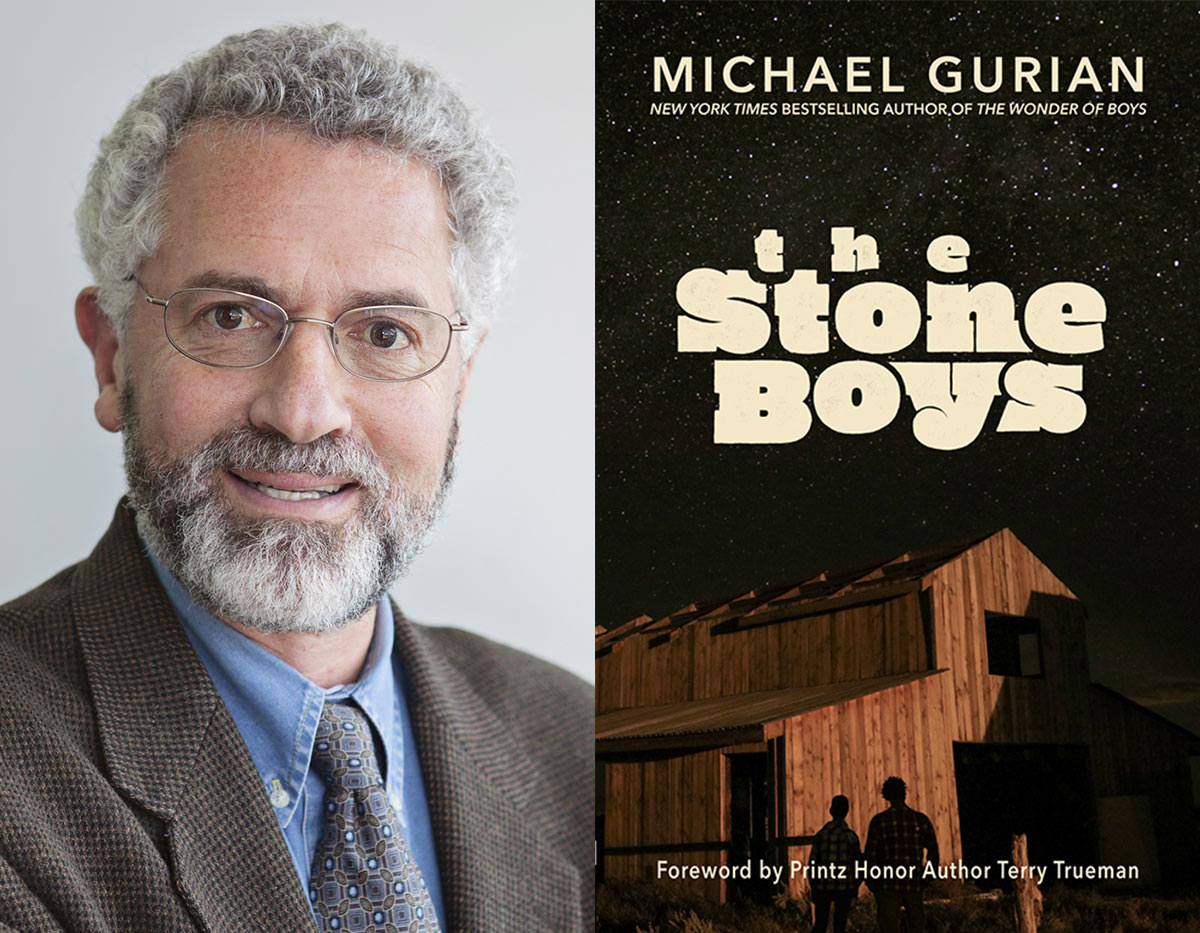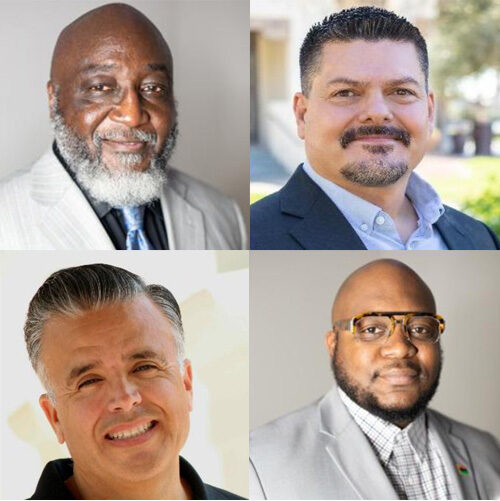Thank you for your responses to The Stone Boys. It is my (Michael Gurian’s) first young adult novel (suitable for teens 13 and older), a story somewhat from my own boyhood, fictionalized and expanded. Some of you have sent in questions requesting more information on how this book happened. Before talking more about that, I want to extend a special offer to schools: if you do a school wide read of the book, I will Skype/Zoom in to your morning assembly to answer student questions and “meet the writer.” Please email us if this sounds good to you.
For more of my story: As a child, I was one of the lost boys, traumatized and tortured, almost broken–a boy who thought, by the time he went to college, he would be in a mental hospital, or on the street, or would not make it beyond his teen years at all, but commit suicide. I planned out this act more than once. If you are familiar with the ACEs (Adverse Childhood Experiences) score, I score a 7.
At first, I wrote The Stone Boys to be cathartic, my Catcher in the Rye, my Lord of the Flies. My personal catharsis quickly left the personal and completed a deeper intention: to tell a powerful story that depicted human conditions and adversity confronted by the last three generations of boys.
A Story of Boys’ Broken Hearts
There have been many powerful contemporary young adult novels about girls who have suffered sexual abuse and survived and thrived (e.g., Speak by Laurie Halse Anderson, The Way I Used to Be, Amber Smith). There have also been literary and thriller novels in which adults look back on male sexual abuse (e.g. Sleeper, Lorenzo Carcaterra, Mysterious Skin, Scott Heim). As far as I know, however, The Stone Boys is the first thriller that takes on the complexity of male sexual abuse, male trauma, and boys’ developmental crises in the way it does. The book is a great read for adults, especially anyone who remembers 1975, and I wrote the book so young adults would read it, too.
Like Ben Brickman, who is the first-person narrator and protagonist of this book, I spent time on the Southern Ute Reservation in southern Colorado and northern New Mexico. Our family lived in Durango, Colorado, and drove the few miles in the “Res” (as it was called by Southern Utes) nearly every day. The Res, Durango, the surrounding area, and the elder playwright, Eagleclaw Simpson, in The Stone Boys, are all basically autobiographical, with some poetic license for certain distances and landscapes.
When I followed my father onto the Res where he directed a Native American Repertory Theater, At-u-mai, I had not yet disclosed my own molestation and abuse at 10 years old by a psychiatrist. I was just trying to survive as a teen who got into marijuana and self-medication too much and read books voraciously (my father was a playwright and sociologist, my mother an anthropologist).
When my father’s contracts completed and we left Colorado, I made it through high school, into college, and into therapy. In the middle of my struggle, at 18 years old, I began writing The Stone Boys. I pictured myself (grandiosely) as Holden Caufield (The Catcher in the Rye) but in a battle of good and evil. My novel grew in my mind to be like Huckleberry Finn, too, and Siddhartha, A Separate Peace, Lord of the Flies, all the novels read by teens in my era that crossed over between young adult and adult fiction. Very grandiose indeed!
In refining my novel over the last forty years, I’ve lost my grandiosity, but I’ve made sure to keep the language both powerful and very readable for everyone, including teen boys, because boys are not the easiest people to get to read fiction. This book, I believe, will get finished, cover to cover, by both adults and teens.
In writing the novel, too, I’ve kept my focus on the complexity of emotional disclosure for boys—my own and every boy’s; not just boys who know trauma and need help expressing their fears and needs, but every boy today, living a complex life, and often just trying to survive and thrive against difficult odds.
The Stone Boys provides a story to guide male emotional conversation. It will stimulate teens to think and feel and express their inner worlds. Girls and women will find it very powerful, too, I believe, as it gives insight into male psyches that are often somewhat hidden from women.
Something to remember about boys who are traumatized, especially sexually abused: because boys orgasm during the abuse, it makes their own feelings especially confusing. In contrast, most girls and women who are raped or abused do not get biological pleasure, but boys do, and this makes male abuse especially confusing for boys, especially shameful, making them less likely to report. Furthermore, boys are mainly abused by men. Most of these boys are like I was, heterosexual. This adds another profound confusion and another wall to reporting, disclosing, and getting help with the trauma. Abused boys become confused not only about why they got pleasure but who they are sexually.
A Book for Teachers and Classrooms
Some of these themes will not get discussed in your home or school when you or teens you know read The Stone Boys because the book is not just about sexual abuse trauma. If you teach 7th/8th grade or older, I hope you’ll order the book for your classes, especially if you teach English, language arts, social studies, psychology, sociology, gender, human development, or any other class connected to story-telling. Your class discussions will be powerful ones.
There are scenes in the book that refer to sexual abuse and bullying. Please don’t let them stop you from using the book in your classes; your students will have seen things like this before on the Internet or known about these kinds of actions already in their world.
And especially in our world of violent young males—mass shooters, terrorists, bullies—it is crucial that people understand how these people develop, and the complexity of response we must discover with these males.
All that said, because of one particularly graphic scene of bullying, I would not suggest this book for kids younger than 7th grade. Please read the book to see where you think it fits in your classes.
In whatever class you use the book, you should find it intense, edgy, and I hope, a new and fresh way to talk with boys, girls, and everyone on the gender spectrum about what it is like to grow up as an American boy, the effects of trauma on children and adults, and how to find hope through struggle.
The discussion can then go deeper, if you wish, into the 1 in 6 boys who are abused or bullied, what they feel–what they need. If you see pain in a specific boy’s eyes, perhaps you can talk with him in private, see if you can open a channel into his trauma, and bring in counselors to help him. You may save a life by helping to bring this boy back from a chasm.
But even if you do not discover which of the boys in your class or neighborhood have experienced trauma like the boys in my book experienced it, you will still have a template for discussions of good and evil, how #MeToo affects and filters through male victims, the state of boyhood in America and the Western world, and the invisibility in our culture of the complexity of boys’ lives and development.
A Book for Parents, and Fathers, Mothers, and Sons
If you are a parent of a boy, 13 and older, I hope you’ll give the book to your son and read a copy of it yourself, then use it for intense conversation. In video games, boys involve themselves in battles between the dark and the light, good and evil. In The Stone Boys, they do this, too, though in more depth, and from a different angle.
A Books for Counselors and Mental Health Professionals
My first counseling clients, decades ago, were adolescent boys and their families, including boys who had been sexually abused or traumatized during childhood. If you work in social work, counseling, or anywhere in child development or the mental health field, I believe you’ll find this book very useful in opening males’ hearts in therapy.
Why and How to Get the Book
To help guide discussions, I have created Q @ A packages for you, with teacher and parent-friendly material in the back of the book.
To learn more about the book, please visit its book page on my website, or its promotion and information page on amazon.com or other online and brick-and-mortar stores (https://www.michaelgurian.com/products/the-stone-boys/).
The link on amazon.com is: https://www.amazon.com/Stone-Boys-Michael-Gurian/dp/0999707574/ref=sr_1_3?keywords=the+stone+boys+by+michael+gurian&qid=1569714065&s=gateway&sr=8-3.
My profound thanks to Latah Books for publishing the book, including Executive Editor, Jon Gosch, and Managing Editor, Logan Amstadter.
Thank you, my reader, for expanding your sense of who Michael Gurian is to include The Stone Boys.
Please reach out to me and to our team at info@gurianinstitute.com with your comments and educational needs.










